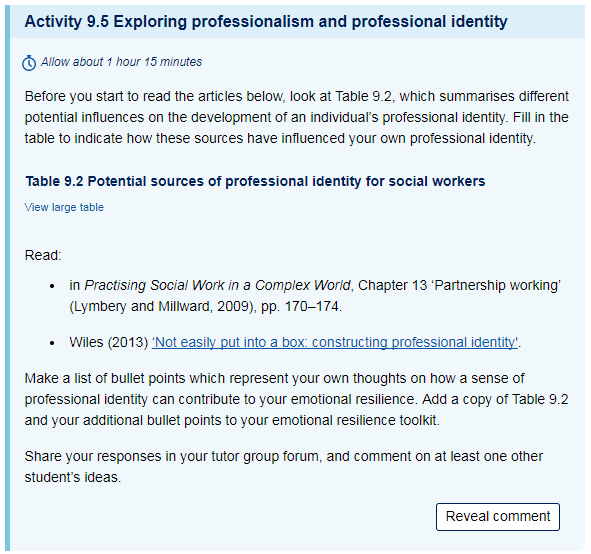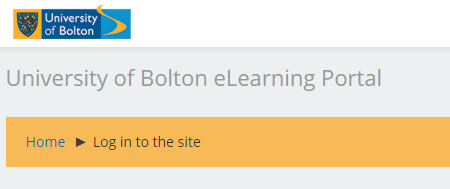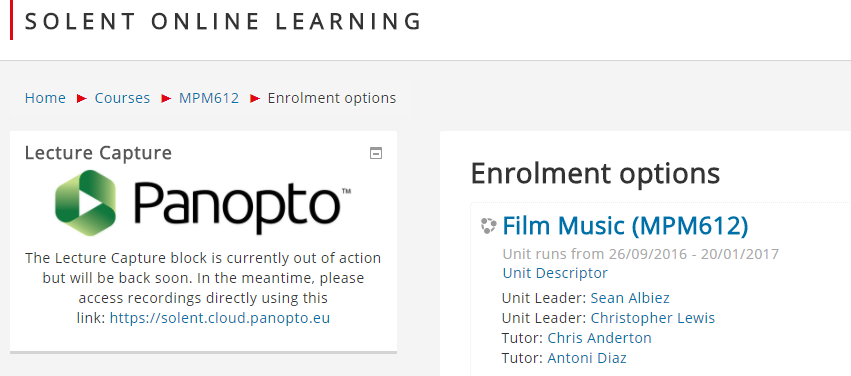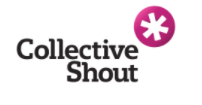This is the third and final post looking at the top downloads from ORO over the summer months. Each post has used the lens of download counts to look at a different benefit ORO offers the University – this post looks at the various places OU research is used.
Creating reports on downloads of Open University research papers deposited in ORO gives me the opportunity to see where OU research papers are being linked from and referenced, aside from being cited in the scholarly literature. So looking purely at the top 50 downloads from August, and that’s a relatively arbitrary starting point, where do you find OU research?
Wikipedia
At least 4 research papers in the August top 50 downloads are referenced in Wikipedia:
7th in the top 50 is referenced in the page on Retail Leakage
14th in the top 50 is referenced in the page on Meditation
25th in the top 50 is referenced in the page on Value-action gap
28th in the top 50 is referenced in the page on the Rebound effect in conservation.
These references go back to the published version of the paper rather than the open access version in ORO.
Open University Teaching
I’ve blogged before how repository Open Access content make good bedfellows for online teaching (especially Open education). In the August list we see one paper Wiles, Fran (2013). ‘Not easily put into a box’: constructing professional identity. Social Work Education, 32(7) pp. 854–86 (joint 21st in the top 50 downloads) is being linked to from the OU module K315 Critical Social Work Practice:
Non OU Teaching
In the August list we also see several papers that are being referenced in non-OU teaching materials, both in the UK and globally. Unfortunately I can’t get beyond the institutional authentication to see how they are referenced, but the papers are showing referrals from each of the institutional domains.
is 19th in the top 50 downloads and is being used by Bolton University in an online module.
is joint 21st in the top 50 downloads and is being used by Southampton Solent in an online unit on Film Music.
is 42nd in the top 50 downloads and is being used in an online course by The University of Victoria in Canada.
is 15th in the top 50 downloads and is referenced in the University of British Columbia Engineering Physics Project Lab.
Policy Documents
4 papers in the August top 50 most downloaded appear in policy documents.
is 18th in the top 50 and is referenced in: Research, development and innovation: the case of social housing in Mt Druitt, NSW.
is 23rd in the top 50 and is referenced in: Visions for Australian tertiary education, Learning and teaching technology options – EU Law and Publications and Research evidence on the use of learning analytics – EU Law and Publications.
is 8th in the top 50 and is also referenced in Research evidence on the use of learning analytics – EU Law and Publications.
is 5th in the top 50 and is referenced in Frontiers of Engineering: Reports on Leading-Edge Engineering from the 2011 Symposium.
Social Media
I often write how Open Access research is picked up in the social media. In the August top 50 we also see evidence of papers referenced in the social media:
is 31st in the top 50 and is referenced in Eric Stoller’s blogpost on How Mobile Technologies are Changing Higher Education
is 10th in the top 50 and has had 33 tweets from 30 users in Twitter and is also subject to this post on reddit
Collective action
is joint 31st in the top 50 downloads and is listed in the resources for Collective Shout “a grassroots campaigns movement against the objectification of women and the sexualisation of girls.”
…and finally
is 13th in the top 50 and is referenced in the Monero Moon Prize, where a “prize of 10,000 Monero (XMR) will be awarded to the first team or individual who operates a 3D printer on the Moon” – apparently that’s around USD $1.3 Million!
Full August list:








